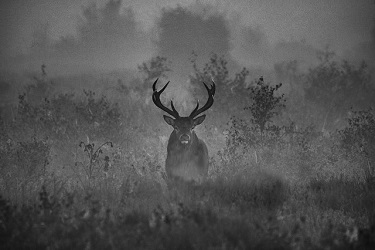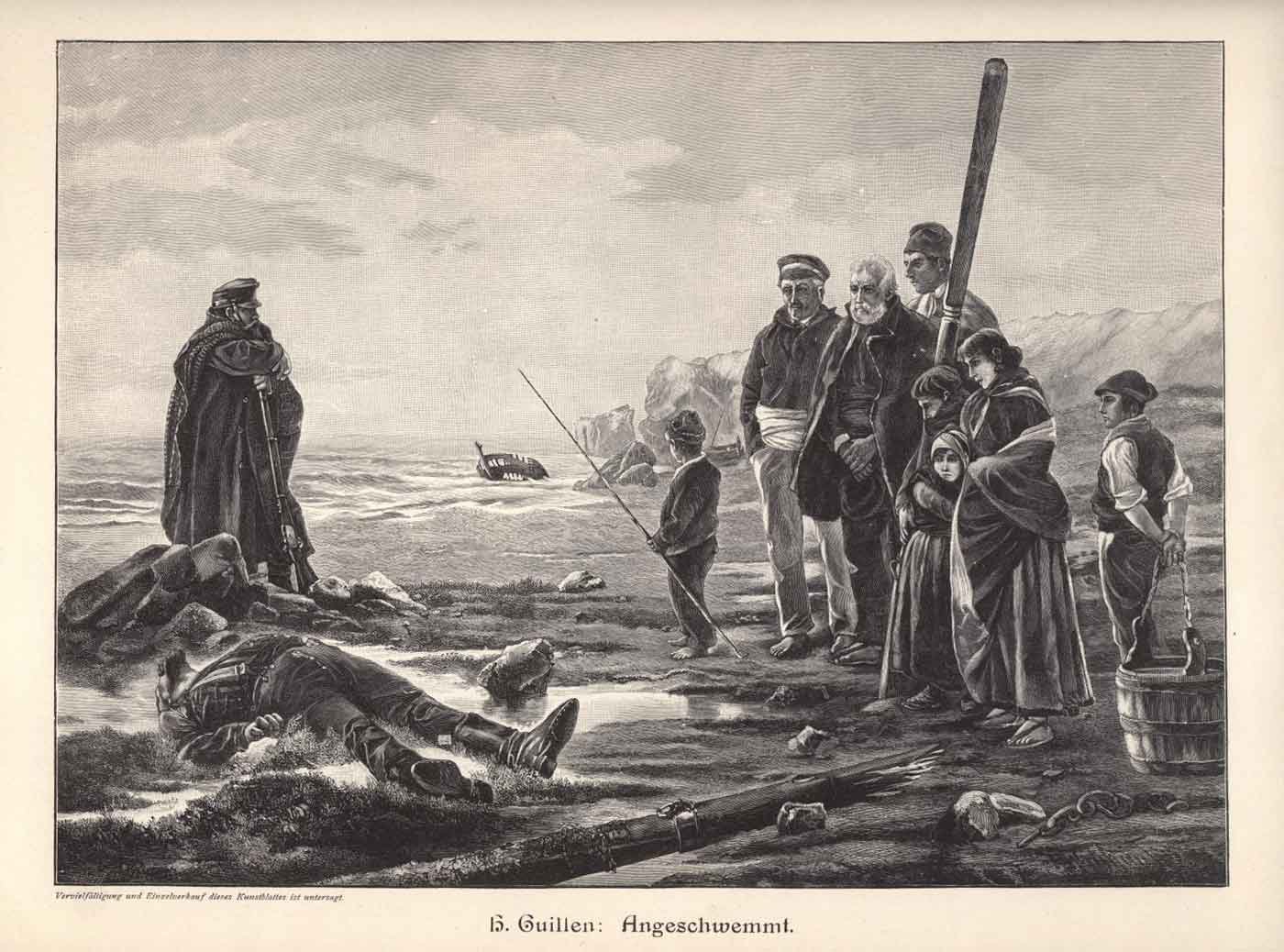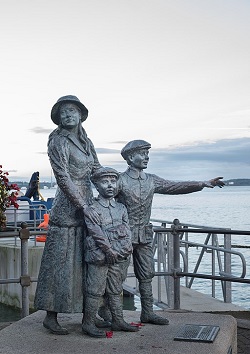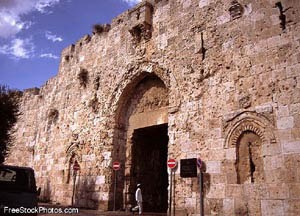
Both Thomas Hornsby Ferril and Cecil Effinger are fascinating characters. Ferril was Colorado’s first poet laureate, holding that title from 1979 until his death in 1988. He was chosen to write the captions for the first-floor rotunda in the Colorado state capitol building in Denver, and his home in the Capitol Hill neighborhood is a historical and literary landmark. Effinger was a Colorado composer and contemporary of Ferril who should be much better known than he is, having written well over 150 works, including operas and symphonies. But his fame rests largely on the Pastorales, a fact that he was wont to get a little testy about at times. As he’s said, “I’ve got the Four Pastorales for Oboe and Chorus which has gone hog-wild all over the place! It is done time and time again, you know, and others that I think are just as good, somehow don’t find their way!”
I would love to know how Effinger chose these four poems; I thought at first that Ferril had put them together into a set, but that’s not true. The poems are from several different books of Ferril’s poetry and don’t have a unifying theme that I can see. I’m going to guess that these four just happened to catch Effinger’s eye. The suite has a lovely, haunting oboe accompaniment which adds to its evocative power and is probably one reason for its popularity. Here are the four poems with my attempts to analyze/explain them without ruining the poetry.


 I know. This song is, like, seriously crazy. Right? Well, yes and no.
I know. This song is, like, seriously crazy. Right? Well, yes and no. Where did the tune originate?
Where did the tune originate? Why yes. I’m glad you asked.
Why yes. I’m glad you asked.
 The choir to which I belong performed this piece only two years after its 2015 premier. The composer, Philip Biedenbender, was a senior at St. Olaf College at the time and a member of the famous choir attached to the school. He’s gone on to build a career, with many other works to his credit. You can visit his website
The choir to which I belong performed this piece only two years after its 2015 premier. The composer, Philip Biedenbender, was a senior at St. Olaf College at the time and a member of the famous choir attached to the school. He’s gone on to build a career, with many other works to his credit. You can visit his website  One of the joys of writing the material on this site is that I have an excuse to dive into the meanings of Christmas songs that I’ve been hearing all my life and always vaguely wondered about. “The Little Drummer Boy” certainly falls into that category. I sort of assumed that it fell into the genre of stories about gifts brought to the Christ child, and indeed it does, but t
One of the joys of writing the material on this site is that I have an excuse to dive into the meanings of Christmas songs that I’ve been hearing all my life and always vaguely wondered about. “The Little Drummer Boy” certainly falls into that category. I sort of assumed that it fell into the genre of stories about gifts brought to the Christ child, and indeed it does, but t
 This piece repeats the phrase “bish’al han’ilah”–”as the gates begin to close.” So what are these gates?
This piece repeats the phrase “bish’al han’ilah”–”as the gates begin to close.” So what are these gates?